Currently, Gosforth Nature Reserve is open for NHSN members only between 9.00 am-6.00 pm, with last admission at 5.00 pm. Events and access for non-members are not yet available to help limit contact between visitors and volunteers. If you wish to visit, please bring your NHSN membership card or renewal/joining email.
See here for full information on visiting GNR.
Birdlife
Perhaps the most exciting news this fortnight came from lucky photographers stationed in the Ridley Hide who enjoyed the sight of a cream-crowned Marsh Harrier hunting over the wetland. Marsh Harrier remains a scarce bird at Gosforth Nature Reserve but this year, they have been observed on three separate occasions.
Kingfishers continue to be seen daily at the reserve, with adult birds being observed feeding their fledged young outside the Ridley Hide. Here too, Little Egret and Common Snipe continue to put in daily appearances; while Sparrowhawk, Water Rail and Buzzard were also spotted. A Green Sandpiper was likewise photographed on the exposed mud and wildfowl observed on the lake included Gadwall, Tufted Duck and Shoveler.
Following the exciting news that Barn Owls have bred again at the reserve this summer, one lucky visitor encountered an adult bird in the wood last week and another spotted an owl hunting above nearby fields.
Philip Jordan reports that bird ringers encountered a juvenile Redstart on Sunday, alongside Whitethroat and Willow Tit, and Chris Redfern shared the news that a Reed Warbler ringed at the reserve last month was retrapped at Icklesham in Sussex, 22 days later.
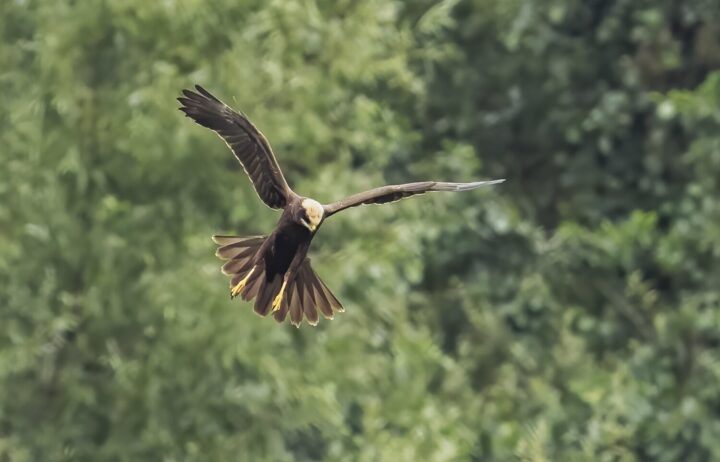
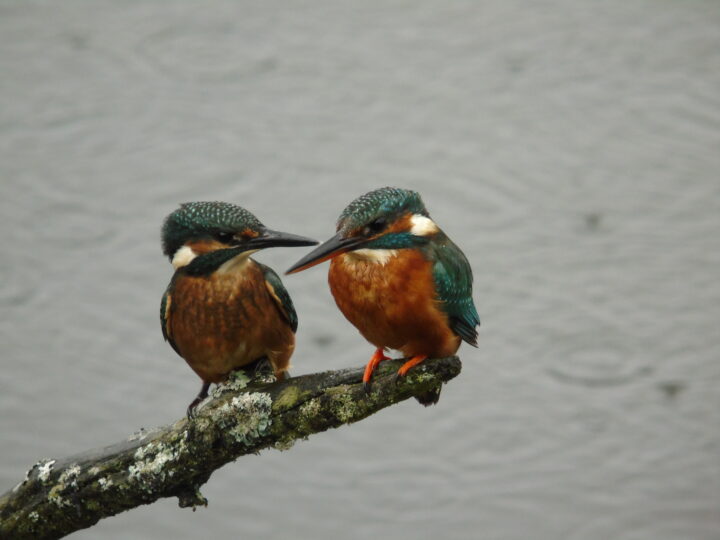
Mammals
Roe Deer continue to be seen daily at the reserve and following a short lapse in sightings, an Otter was once again photographed on the lake. A Badger was again observed in the woodland and one visitor enjoyed a sighting of what was likely a Water Shrew beneath the boardwalk leading to the Ridley Hide.
Invertebrates
Insects continue as flavour of the month at the reserve with White-letter Hairstreak observed in the Lake Lodge garden and Philip Jordan reporting five Purple Hairstreak from a recent butterfly transect. Other butterflies on the wing include Small Copper, Peacock, Small Heath, Red Admiral and plenty of Speckled Wood.
Dragonfly sightings continue with Southern Hawker and Emperor noted, alongside good numbers of Common and Ruddy Darter. Their smaller cousins, the damselflies, can still be seen too, with recent records of Emerald, Common Blue and Blue-tailed damsels.
In the Lake Lodge garden, a Hill Cuckoo Bee was spotted – just in time for the conclusion of this year’s North East Bee Hunt, and Philip Jordan recorded the spectacular Ichneumon wasp, Gasteruption jaculator. The latter a known parasite of solitary bees. Sarah Hall photographed what was likely the remains of large Swan Mussel close to the Ridley Hide and Jan Hurst photographed Vestal Cuckoo Bee on site.
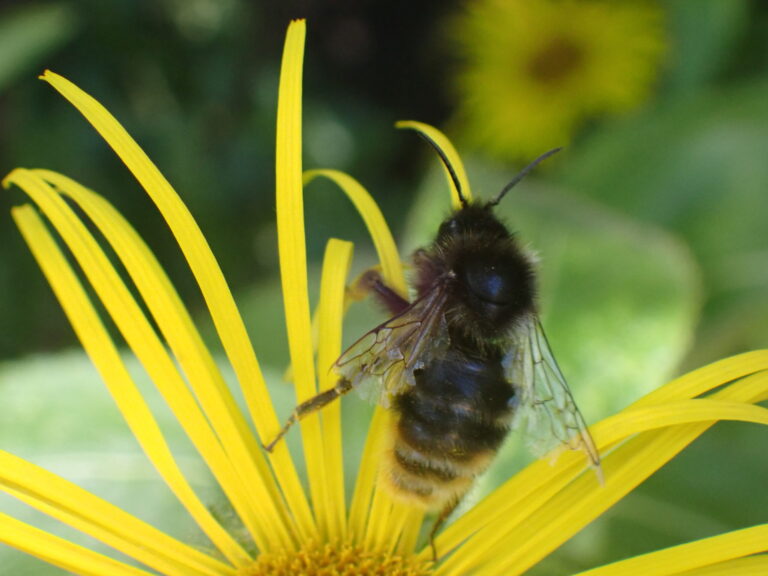
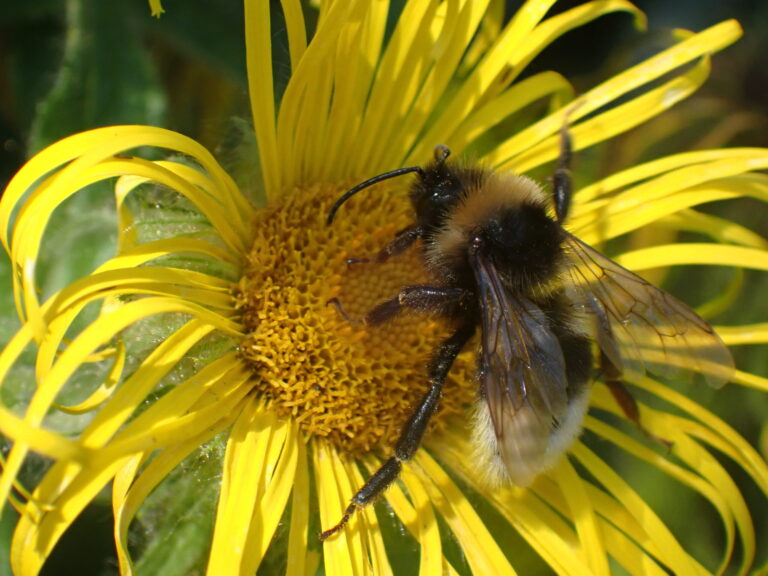
Paul Drummond and Andy Atkinson reported a duo of interesting moths during a trapping session on 20 August. An impressive total of five Fen Wainscot were noted – following on from the first record of this species at the reserve in August 2018. This is only the 7th record of this species in the county. Elsewhere, Stenolechia gemmella, a micro-moth associated with Oak was also observed representing only the fifth county record.
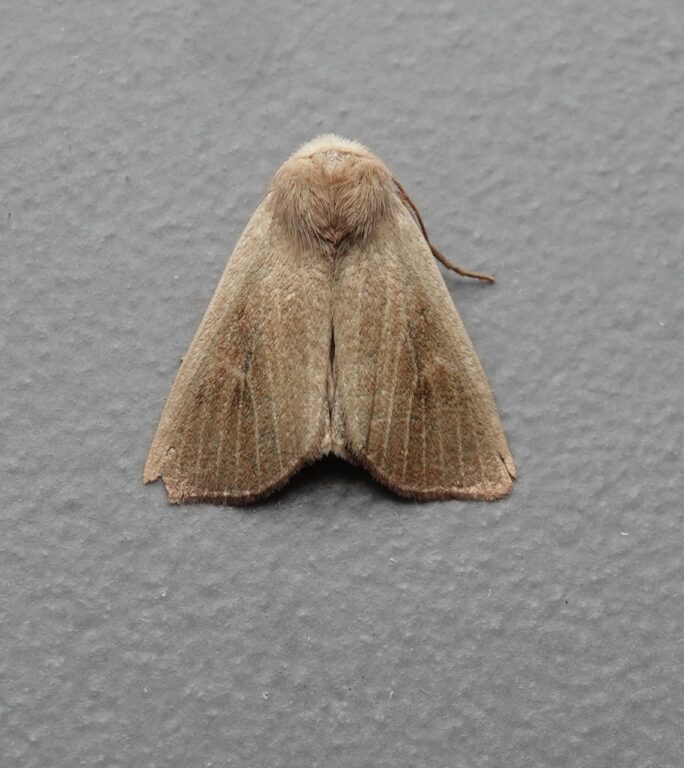
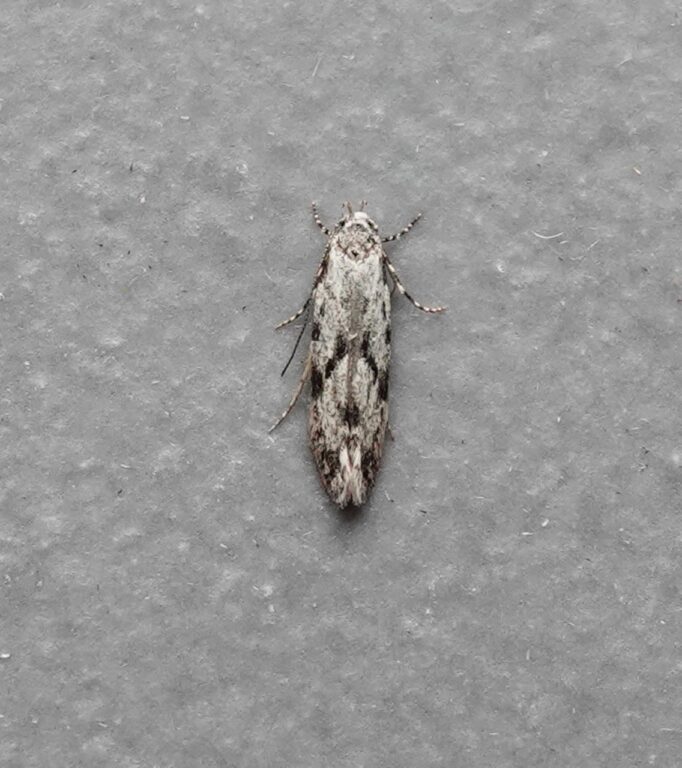
Plantlife
Devil’s-bit Scabious continues to bloom in the meadow area, attracting a healthy variety of pollinators, and visitors can also encounter Common Fleabane, Betony, Common Toadflax and plenty of Bird’s-foot Trefoil. Across the wetland, the pom pom like flowers of Water Mint can still be seen (ever-popular with butterflies). Here too, you can spot the deep-purple flowers of Bittersweet, as well as the lingering blooms of Marsh Cinquefoil.
We’d love to hear about your wildlife encounters at Gosforth Nature Reserve! No creature is too small and whether you’re recording insects, plants, mammals or birds (or anything else, for that matter), please do get in touch on social media or by email at nhsn@ncl.ac.uk.
Equally, if you would like to contribute photos to future wildlife updates or the NHSN e-news, please get in touch.
By James Common, local naturalist